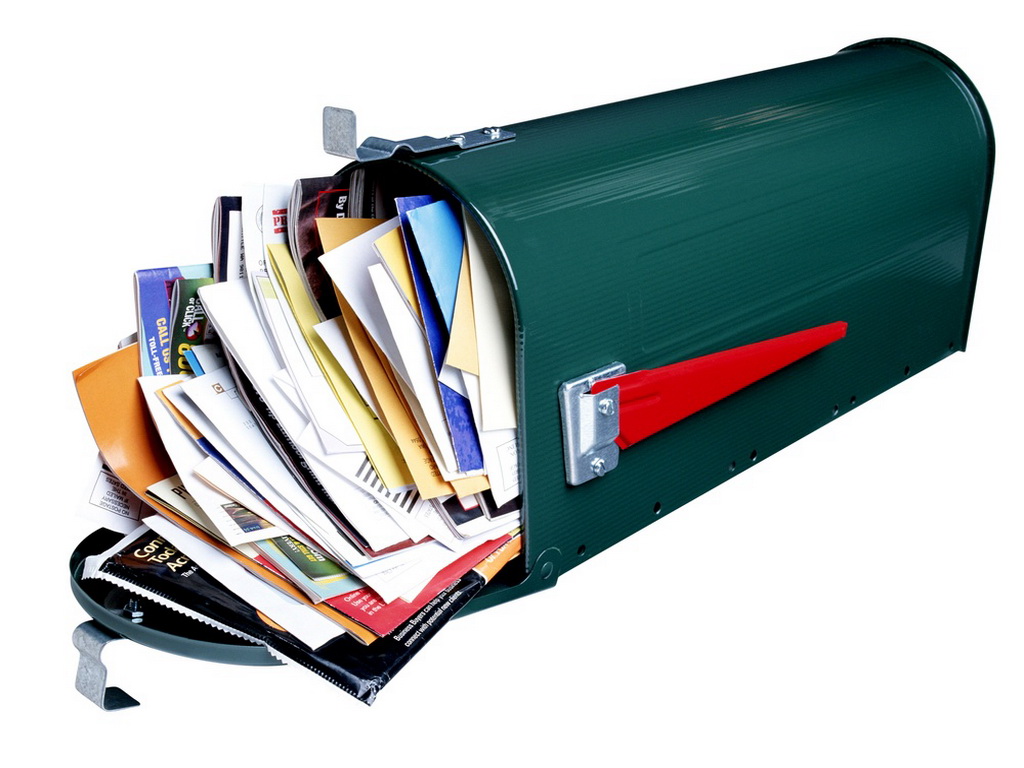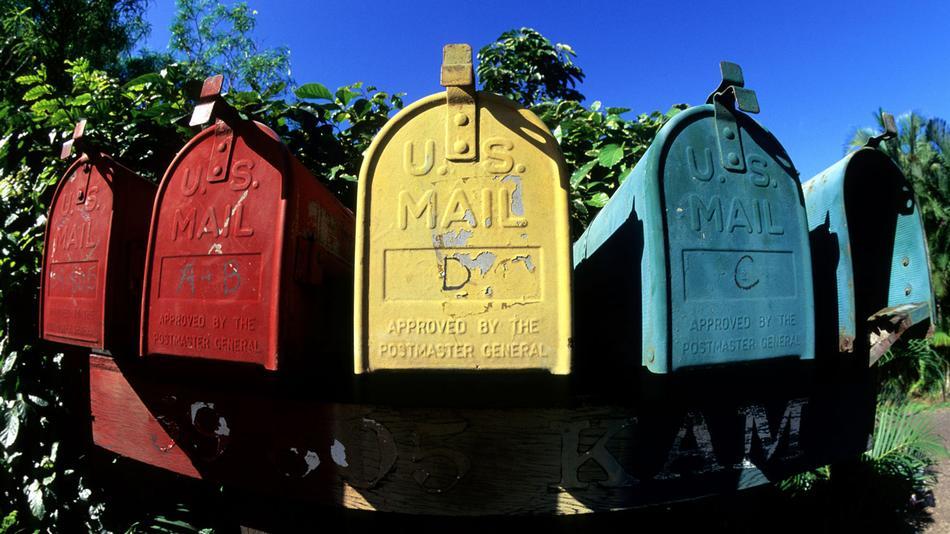
You’ve heard it at a seminar you attended. You’ve read it in your “Everything You Need To Know About Major Gifts” book. You’ve even seen it in our blog when Jeff and I have written that major gifts is about personal relationships and not about direct marketing.
And this IS true. You can’t run a major gift program with direct marketing strategies. I have routinely said that if you are just packaging and personalizing the direct mail from your direct marketing program for your caseload donors you will not succeed in successfully cultivating the donor.
So you need to be careful with how you use the mail in your relationship. I still believe direct mail does not generally work as a major gift strategy. So, when it comes to mail of any sort, maybe the distinction is “real” mail vs. direct mail. Direct mail, defined as taking a direct mail kit for the general file and personalizing it for a caseload donor, does not work. “Real” mail does. By “real” mail, I mean mail that is written to the caseload donor for a specific and real reason that is related to him or her.
Let me give you an example that comes from a MGO client of ours. Here’s the background.
The MGO was going through her donor list and noticed the name of a donor who is the heir to the fortune of a well known author. This author is so well known that if I mentioned the name you would sit up in your chair, believe me!
She did some research and noted that the donor had given only $100. We normally do not add smaller donors to a caseload even if they do have a lot of potential. But after talking with me about it, we agreed that the MGO should try to contact and cultivate this donor. The MGO tried every strategy and tactic to get the donor to engage – and they all failed.
But before giving up she decided to put into operation an old and dependable principle in major gifts: talk to the donor about something he is interested in and see if that creates some movement in the relationship.
In her research, the MGO had uncovered one non-profit the donor had contributed a seven figure gift to just a few months earlier. It was a local arts charity that had a small museum attached to it. She also found that the donor had recently been given a recognition award and that there had been an extensive write-up in a local newspaper.
The MGO did two things with this information.
First, she got in her car and went to the local charity to go through the museum. She wanted to experience the place that had motivated her donor to give such a large gift. She spent a good part of the afternoon there, talking to people, getting a feel for the place and just soaking in the energy and ethos of the cause.
The second thing she did was to cut out the newspaper article.
Then she sat down and wrote a piece of “real” mail to the donor. Here is essentially what she said:
“Dear NAME. I don’t know if you’ve seen this recent article in the [name of newspaper] where you were given that award last week. I thought the write-up was really good and I wanted to make sure you got a copy.
Also, reading the article inspired me to visit [name of charity], which I did last Wednesday. I can see why you love it so much. There were a couple of very good moments for me while I was there. [The MGO describes the moments].
So, congratulations on the award and thank you for loving our community and the [name of the charity] so much to give so generously.
I also want to thank you for giving to [name of MGO’s charity] and wanted to let you know how your gift has really helped others. [The MGO describes how others have been helped]. Thank you so much for all you do.
I know you are very busy and may not have had much time to read the materials I have sent earlier. But if you have any questions, please write or give me a call at [phone number].
That was the essence of the “real” mail.
The following week a check for $25,000 showed up from the donor who is now fully engaged.
“Real” mail works. Please stop sending all that other stuff.
Richard
Search Blog Posts







0 Comments